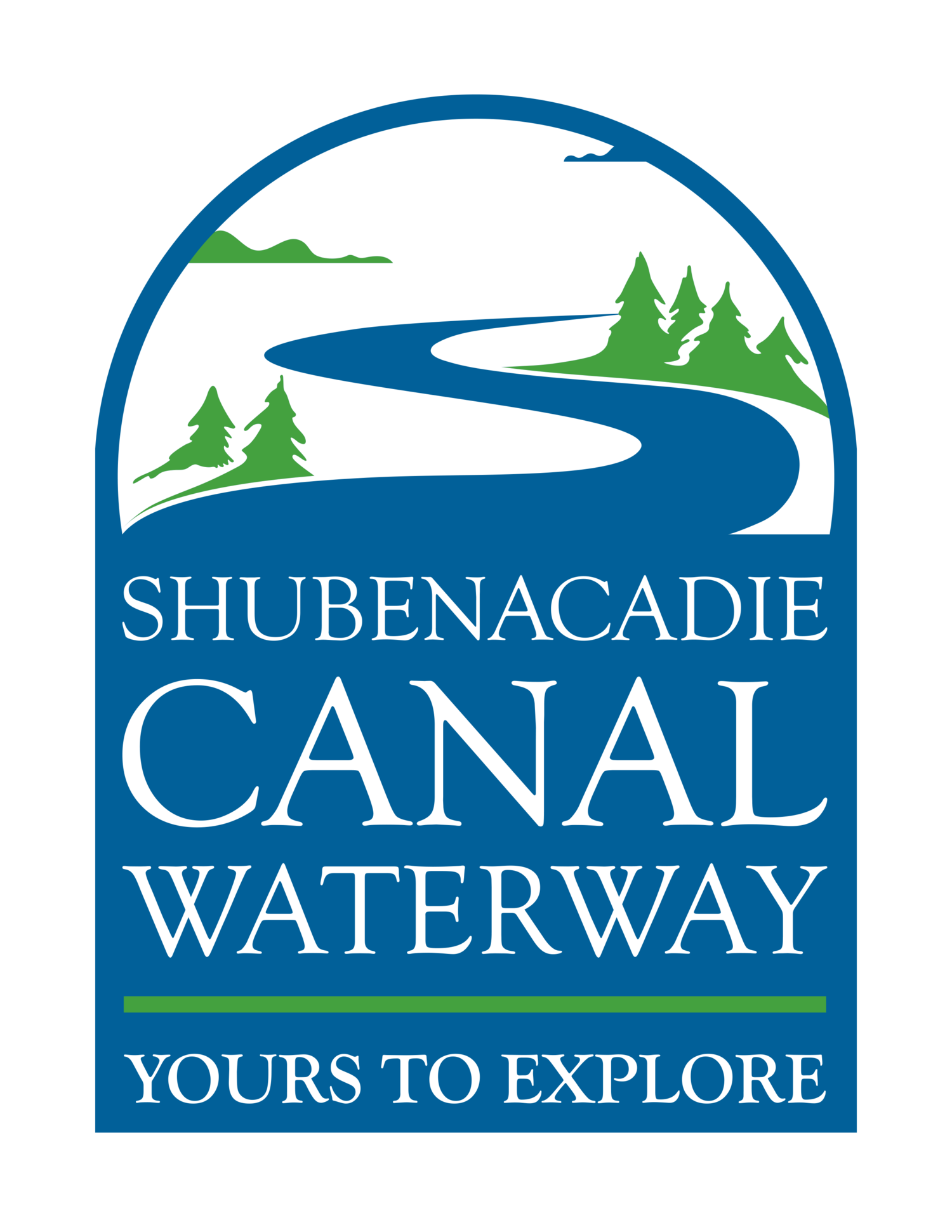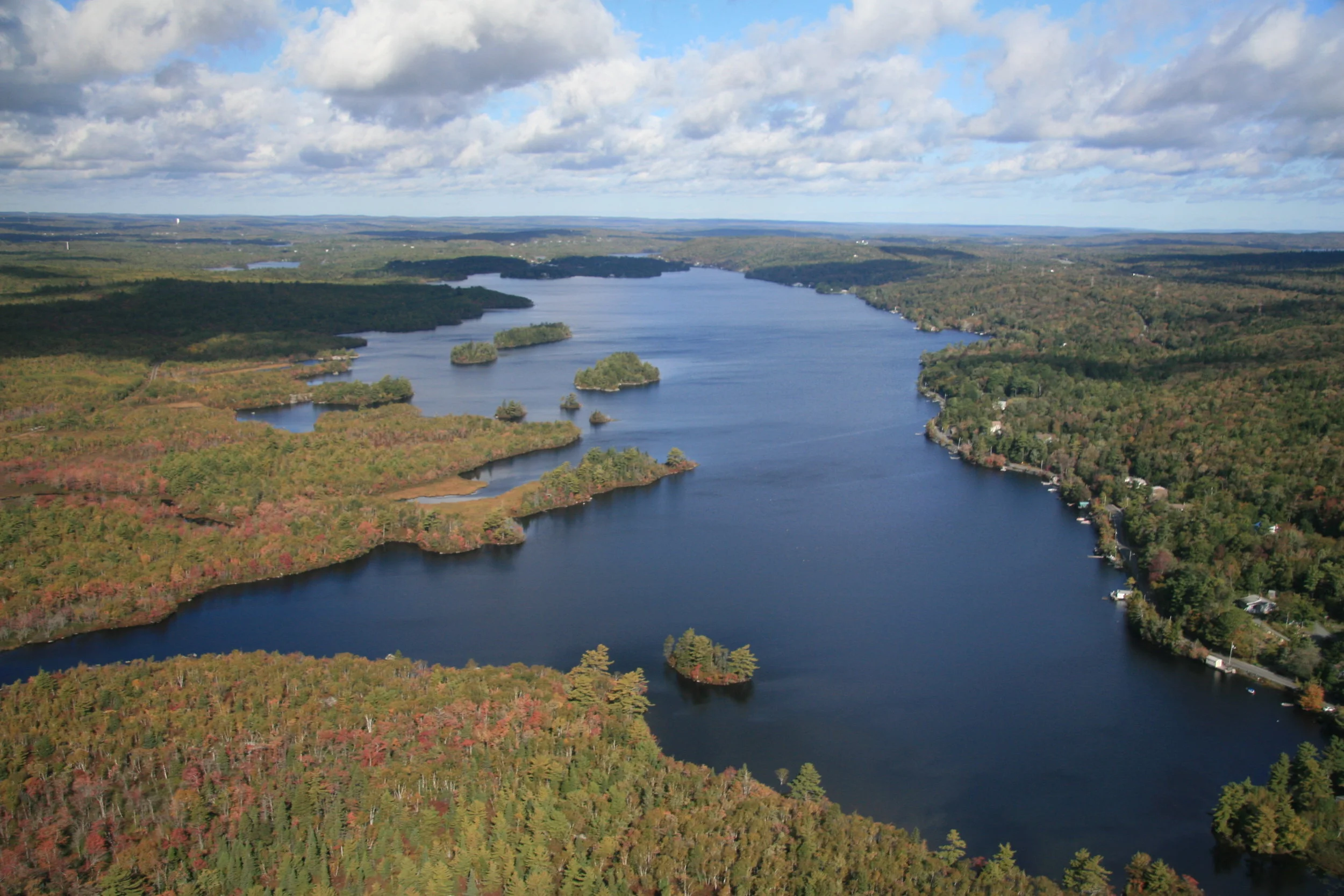Lake William is located in Waverley. It is the first lake in the Shubenacadie Canal Waterway to be located entirely outside the community of Dartmouth. It is connected via small streams to Lake Charles to the south and Lake Thomas to the north, although the southern stream gradually becomes too shallow even for canoes and has to be portaged around. A network of walking trails connect Lake Charles and Lake William and provide convenient portage opportunities.
Even in the days before the canal was built, the stream running from Lake Charles to Lake William was extremely shallow. At current water levels, it can be difficult to navigate in a canoe, let alone a canal steamboat. The builders of the canal rectified this problem in 1857 with the Portobello Marine Railway, the first canal inclined plane in British North America. Like its slightly younger sibling in Dartmouth, it used a wooden cradle set on rails to lift boats out of the water at the artificial pond north of Lake Charles and carry them overland, depositing them back into the water at another holding basin south of Lake William. Unfortunately, little remains of the marine railway today, although interpretive panels mark the spot where it would have stood.
The historic community of Portobello (also sometimes spelled Porto Bello) is located at the southern end of Lake William. Between 1858 and 1872, lock keeper Henry Findlay was responsible for the entire canal system between Halifax Harbour and Portobello. In order to fulfill his duties, he often travelled with the vessels moving up and down the canal. Sometimes Findlay would ride the boats themselves, while other times he would travel by horse parallel to the system and meet the boats at each lock and marine railway. Marshall’s Inn, conveniently located across the street from the marine railway, provided a place for Findlay to stay overnight in Portobello when necessary and even offered horse rentals to allow him to return to Dartmouth.

